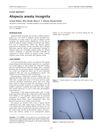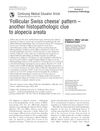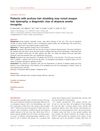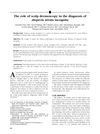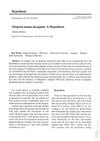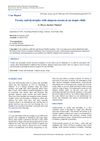A Comment Regarding 'Follicular Swiss Cheese' in the Diagnosis of Alopecia Areata
January 2012
in “
Journal of Cutaneous Pathology
”
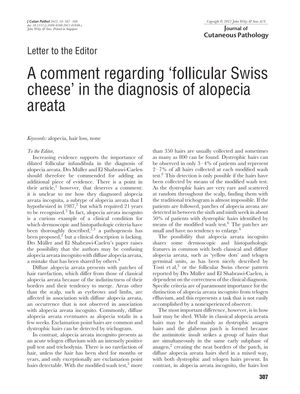
TLDR The author clarifies that alopecia areata incognito and diffuse alopecia areata are different types of hair loss with unique symptoms and challenges in diagnosis.
In the letter to the editor, the author, Alfredo Rebora, discusses the importance of recognizing the differences between alopecia areata incognito and diffuse alopecia areata, two subtypes of alopecia areata. Rebora, who first hypothesized alopecia areata incognito in 1987, emphasizes that while both subtypes may share some dermoscopic and histopathologic features, such as 'yellow dots' and telogen germinal units, their clinical presentations are distinct. Diffuse alopecia areata is characterized by patches of hair rarefaction with indistinct borders and a tendency to merge, possibly leading to alopecia totalis, and is associated with exclamation point hairs and dystrophic hairs detectable by trichogram. In contrast, alopecia areata incognito presents as an acute telogen effluvium with a positive pull test and trichodynia, without hair rarefaction unless shedding has occurred for an extended period, and with dystrophic hairs being very rare. Rebora also notes that alopecia areata incognito and diffuse alopecia areata tend to occur in older individuals compared to classic alopecia areata, possibly due to the higher prevalence of severe androgenetic alopecia in that age group. The author stresses the importance of specific criteria for diagnosis and the challenge for nonexperienced observers to distinguish alopecia areata incognito from telogen effluvium.
